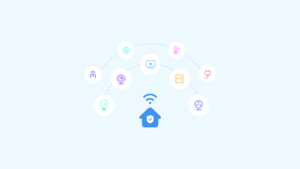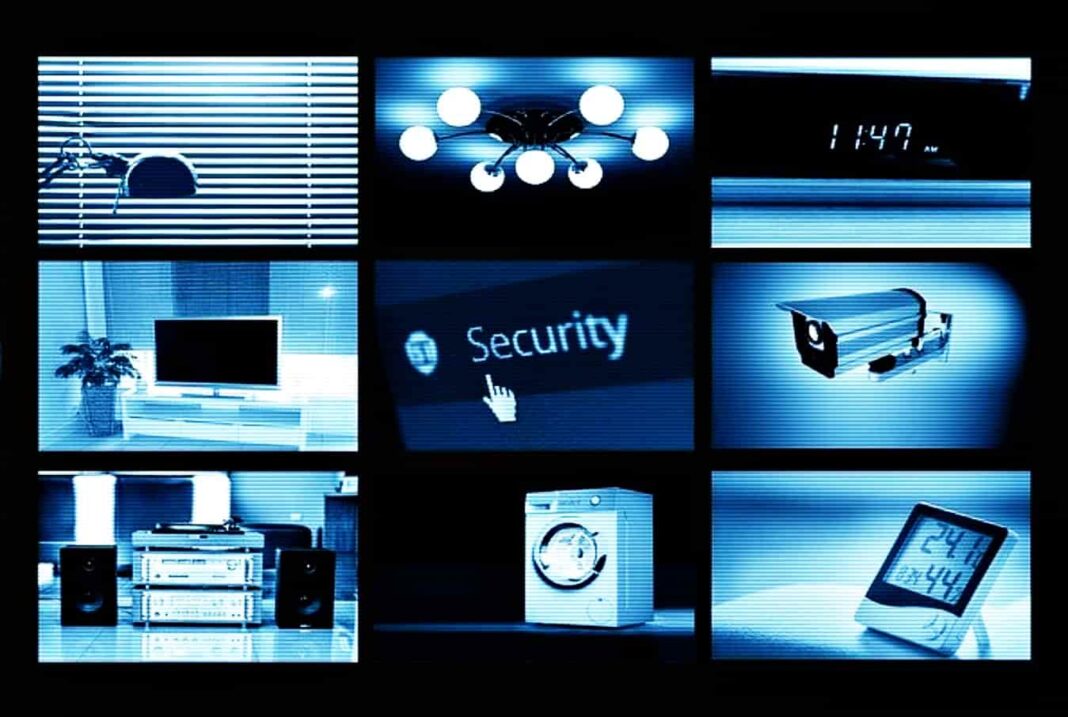Can Smart Homes Be Hacked? Exploring the Vulnerabilities and Safeguards
Introduction: In the era of technological advancements, smart homes have become an integral part of our lives. These interconnected systems offer convenience, energy efficiency, and improved security. However, with the benefits come concerns about potential security risks. This blog post delves into the question, “Can Smart Homes be hacked?” and provides insights into the vulnerabilities and safeguards associated with smart home technology.
Understanding the Smart Home Landscape
Before we discuss the security aspects, let’s have a brief overview of what a smart home is. A smart home is a residential space that uses various devices and technologies to automate tasks, control appliances, and enhance security. These devices are often connected to the internet and can be controlled remotely through smartphones or other devices.
Smart Home Vulnerabilities

While the convenience of smart homes is undeniable, they are not immune to potential security threats. Here are some of the common vulnerabilities:
- Insecure Wi-Fi Networks: Many smart home devices rely on Wi-Fi for connectivity. If your Wi-Fi network is not properly secured, it can be an entry point for hackers.
- Outdated Software: Manufacturers regularly release firmware and software updates to patch vulnerabilities. Failing to update your smart devices can leave them susceptible to attacks.
- Weak Passwords: Using weak or default passwords makes it easier for hackers to gain unauthorized access.
- Privacy Concerns: Smart devices often collect and store data about your activities. If this data falls into the wrong hands, it can compromise your privacy.
Safeguards for Smart Homes

Now that we understand the vulnerabilities, here are some steps you can take to safeguard your smart home:
- Secure Your Wi-Fi Network: Set a strong, unique password for your Wi-Fi network, use WPA3 encryption, and consider setting up a separate network for your smart devices.
- Regularly Update Firmware: Stay informed about updates from device manufacturers and keep your smart devices’ firmware and software up to date.
- Use Strong Passwords: Create complex, unique passwords for each smart device, and consider using a password manager to help you keep track of them.
- Implement Two-Factor Authentication (2FA): Whenever possible, enable 2FA on your smart devices for an extra layer of security.
- Review Privacy Settings: Check the data collection and sharing settings on your devices. Disable any features that you’re uncomfortable with.
- Network Security: Invest in a robust network security system to monitor and protect your smart home devices from external threats.
Conclusion
 in the age of smart technology, it’s essential to be aware of the potential security risks associated with smart homes. While the question, “Can smart homes be hacked?” has a complex answer, taking proactive steps to secure your smart devices can significantly reduce the risk. With the right precautions, you can enjoy the benefits of a smart home while minimizing the vulnerabilities. Stay informed and stay safe in your connected world.
in the age of smart technology, it’s essential to be aware of the potential security risks associated with smart homes. While the question, “Can smart homes be hacked?” has a complex answer, taking proactive steps to secure your smart devices can significantly reduce the risk. With the right precautions, you can enjoy the benefits of a smart home while minimizing the vulnerabilities. Stay informed and stay safe in your connected world.


